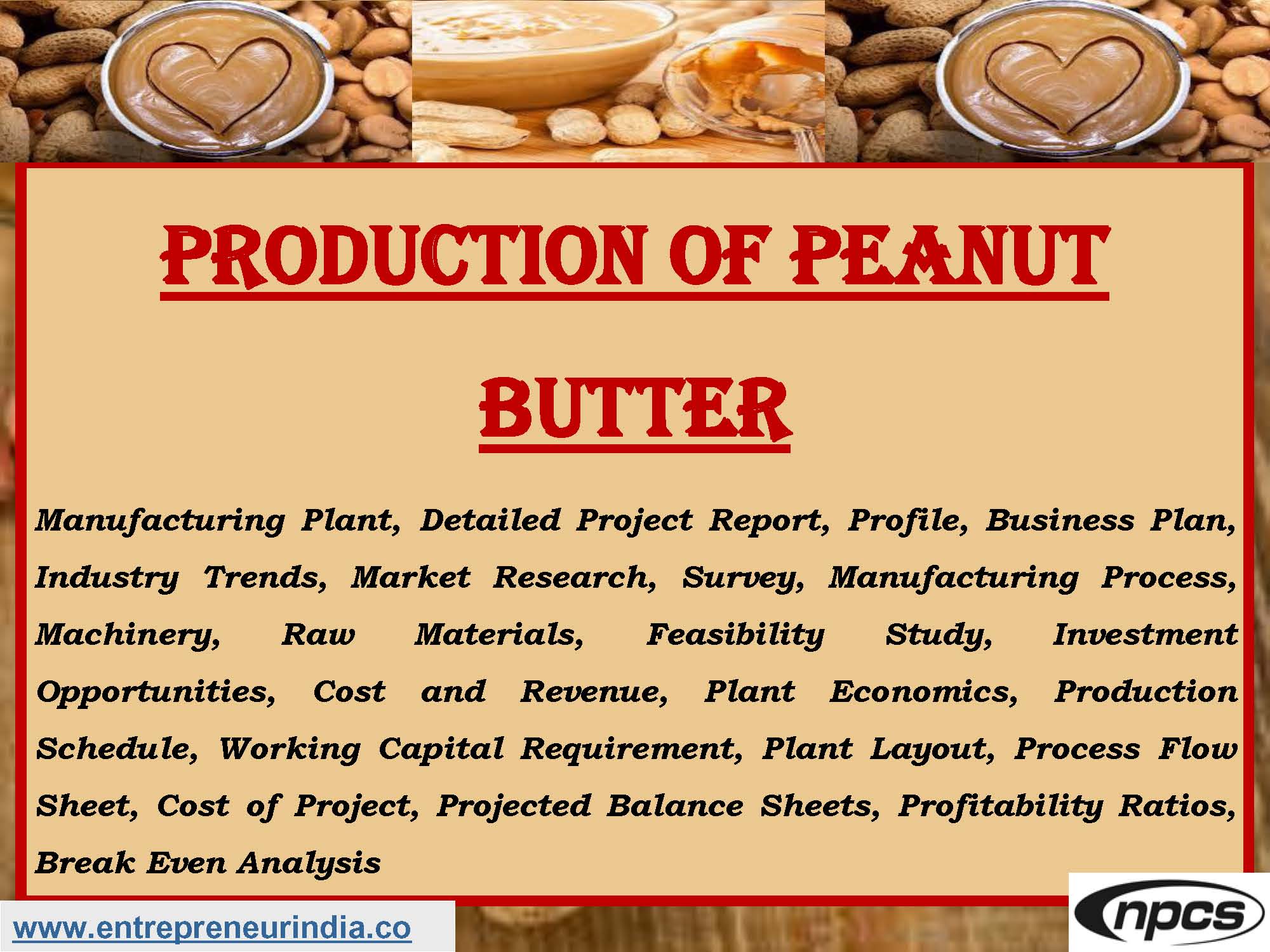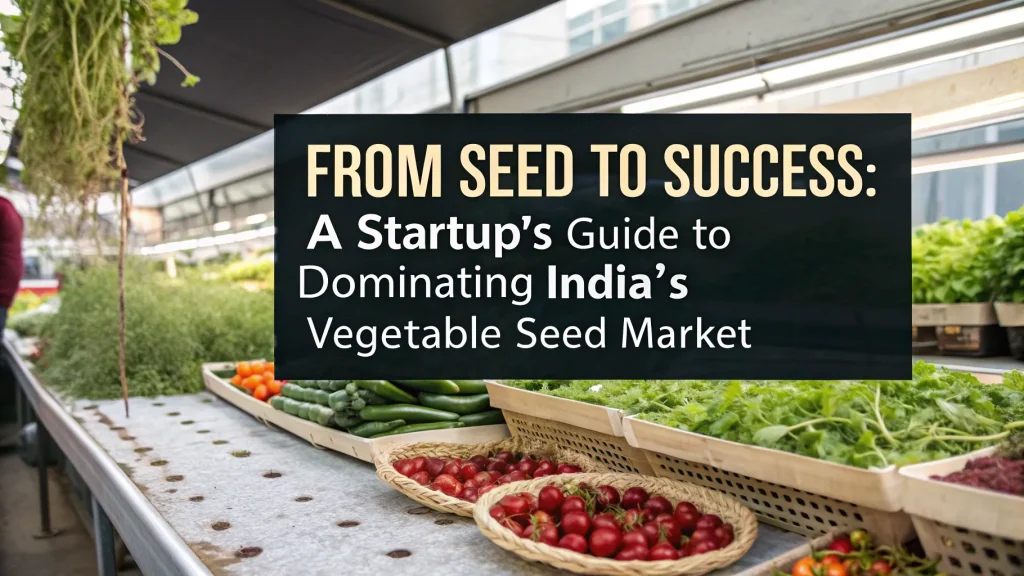
Peanut butter is no longer just a Western breakfast staple—it has quickly gained popularity in Indian households as a healthy, protein-rich spread. The rise in health-conscious consumers, gym-goers, and vegetarian lifestyles has significantly boosted demand for this nutritious food product. As a result, setting up a Peanut Butter Manufacturing Plant has become a promising opportunity for entrepreneurs looking to enter the processed food industry. With the right setup, quality control, and distribution strategy, this business offers steady growth, high margins, and export potential.
Peanut Butter Manufacturing Plant | Setup & DPR Guide
Setting up a peanut butter plant involves sourcing quality raw materials, selecting appropriate machinery, ensuring hygienic processing, and following regulatory norms. Here’s a complete guide to help you plan and launch your peanut butter manufacturing unit.
Read Also :How to Start a Kids Electronic Toys Factory
Market Demand and Scope
The demand for peanut butter is growing steadily in India due to rising awareness of its health benefits. As a rich source of protein, good fats, and energy, it appeals to a wide range of consumers including children, fitness enthusiasts, and urban professionals.
Moreover, the product fits into multiple diet categories—vegan, keto, high-protein, and low-carb—which increases its market appeal. Supermarkets, online stores, gym chains, and cafes are now key sellers of various peanut butter varieties including:
-
Creamy and crunchy
-
Natural and organic
-
Flavored (chocolate, honey, etc.)
-
High-protein or fortified versions
Thus, starting a Peanut Butter Manufacturing Plant opens doors to both domestic retail and export markets.
Raw Materials Required
The primary raw material is high-quality peanuts, typically sourced from Gujarat, Andhra Pradesh, or Rajasthan. Other ingredients may include:
-
Salt
-
Sugar or jaggery (optional)
-
Vegetable oil or peanut oil
-
Emulsifiers and stabilizers (optional for shelf life)
-
Flavor additives (chocolate, vanilla, cinnamon, etc.)
Moreover, food-grade packaging materials like PET jars, glass bottles, laminated pouches, and printed labels are essential for retail sale.
Manufacturing Process Overview
The peanut butter production process involves the following steps:
-
Sorting and Cleaning
Raw peanuts are cleaned using de-stoners and blowers to remove stones, dust, and debris. -
Roasting
Cleaned peanuts are roasted in batch or continuous roasters at a controlled temperature (160–180°C) to enhance flavor and aroma. -
Cooling and Skin Removal
Roasted peanuts are cooled and passed through de-skinning machines. The removed skins can be collected for animal feed or compost. -
Grinding
The peeled peanuts are ground into a fine paste using a peanut grinder or colloid mill. Multiple grinding stages are used for desired texture (smooth or crunchy). -
Mixing and Flavoring
Ingredients like sugar, salt, oil, and flavors are added in a mixer. Natural peanut butter skips stabilizers and sweeteners. -
Homogenization
The mixture is homogenized to achieve uniform consistency and prevent oil separation. -
Filling and Packaging
The butter is filled into jars or pouches using automatic filling machines. It is then sealed, labeled, and coded for batch traceability.
Moreover, quality checks are performed at each stage to ensure hygiene and consistency.
Machinery and Equipment
To establish a standard Peanut Butter Manufacturing Plant, the following equipment is typically used:
-
Peanut roaster
-
Cooling conveyor or tray
-
Skin removal machine
-
Peanut grinder or colloid mill
-
Mixing tank and agitator
-
Homogenizer
-
Jar or pouch filling machine
-
Sealing and labeling unit
In addition, utilities like an air compressor, generator, and water purification system are essential for smooth operations.
Plant Layout and Infrastructure
A medium-scale plant requires space for raw material storage, processing, packaging, and finished goods storage. Key areas include:
-
Raw peanut cleaning and roasting zone
-
Grinding and mixing section
-
Filling and labeling line
-
Quality control lab
-
Packing and dispatch area
Moreover, separate entry and exit points for materials ensure hygienic workflow and meet FSSAI guidelines.
Project Report (DPR) Essentials
A well-drafted Detailed Project Report (DPR) is crucial for planning, securing funds, and managing operations efficiently. Your DPR should include:
-
Executive summary and business model
-
Market analysis and competitor review
-
Technical flowchart of peanut butter manufacturing
-
List of required machinery and layout
-
Raw material sourcing plan
-
Regulatory compliance and licensing checklist
-
Capital cost and working capital requirement
-
Break-even and ROI projections
-
Risk assessment and contingency planning
Moreover, including visuals like charts, layout drawings, and supplier quotes adds credibility when seeking loans or investors.
Quality Control and Testing
To build a trusted brand, product consistency and food safety are non-negotiable. Implement regular quality checks for:
-
Moisture and oil content
-
Texture and taste uniformity
-
Microbial safety
-
Packaging integrity
-
Shelf-life and stability testing
Moreover, you should establish a food-safe lab environment and maintain SOPs (Standard Operating Procedures) for every batch.
Regulatory Compliance and Licensing
Starting a Peanut Butter Manufacturing Plant requires the following licenses:
-
FSSAI License (Food Safety and Standards Authority of India)
-
GST Registration
-
Trade License from the local municipal body
-
Factory License under applicable laws
-
Pollution Control NOC (if applicable)
-
Trademark registration (for branding)
Moreover, adopting GMP (Good Manufacturing Practices) and HACCP (Hazard Analysis and Critical Control Points) protocols boosts your credibility and export-readiness.
Branding and Packaging
Attractive packaging helps your product stand out on shelves. Key considerations include:
-
Labeling with nutritional facts, ingredient list, batch number, MRP, and expiry
-
Tamper-proof seals and food-grade packaging
-
Eco-friendly jars or recyclable options
-
Variants (small pouches to family-sized jars)
Moreover, customization options like protein-enriched or no-sugar versions can help target health-focused niches.
Marketing and Distribution Channels
To succeed in the peanut butter business, an effective sales strategy is essential. You can distribute through:
-
Grocery chains and supermarkets
-
Health stores and gyms
-
Cafes, bakeries, and QSR outlets
-
Online platforms like Amazon, Flipkart, BigBasket
-
Your own D2C (Direct-to-Consumer) website
Additionally, building a strong social media presence and collaborating with fitness influencers can expand your customer base. Moreover, export opportunities to the Middle East, Africa, and Southeast Asia offer growth beyond the domestic market.
See Also :Commercial Meat Processing | Opportunities in the Meat Industry
Conclusion
Setting up a Peanut Butter Manufacturing Plant is a rewarding venture in India’s growing health food sector. With rising demand, relatively simple processing, and excellent market adaptability, this business model offers great potential for long-term profitability. From sourcing quality peanuts to packaging a consumer-friendly product, every step must be planned with care and precision. Moreover, by adhering to hygiene standards, investing in branding, and developing a clear DPR, entrepreneurs can build a scalable business that caters to both local and international markets.





